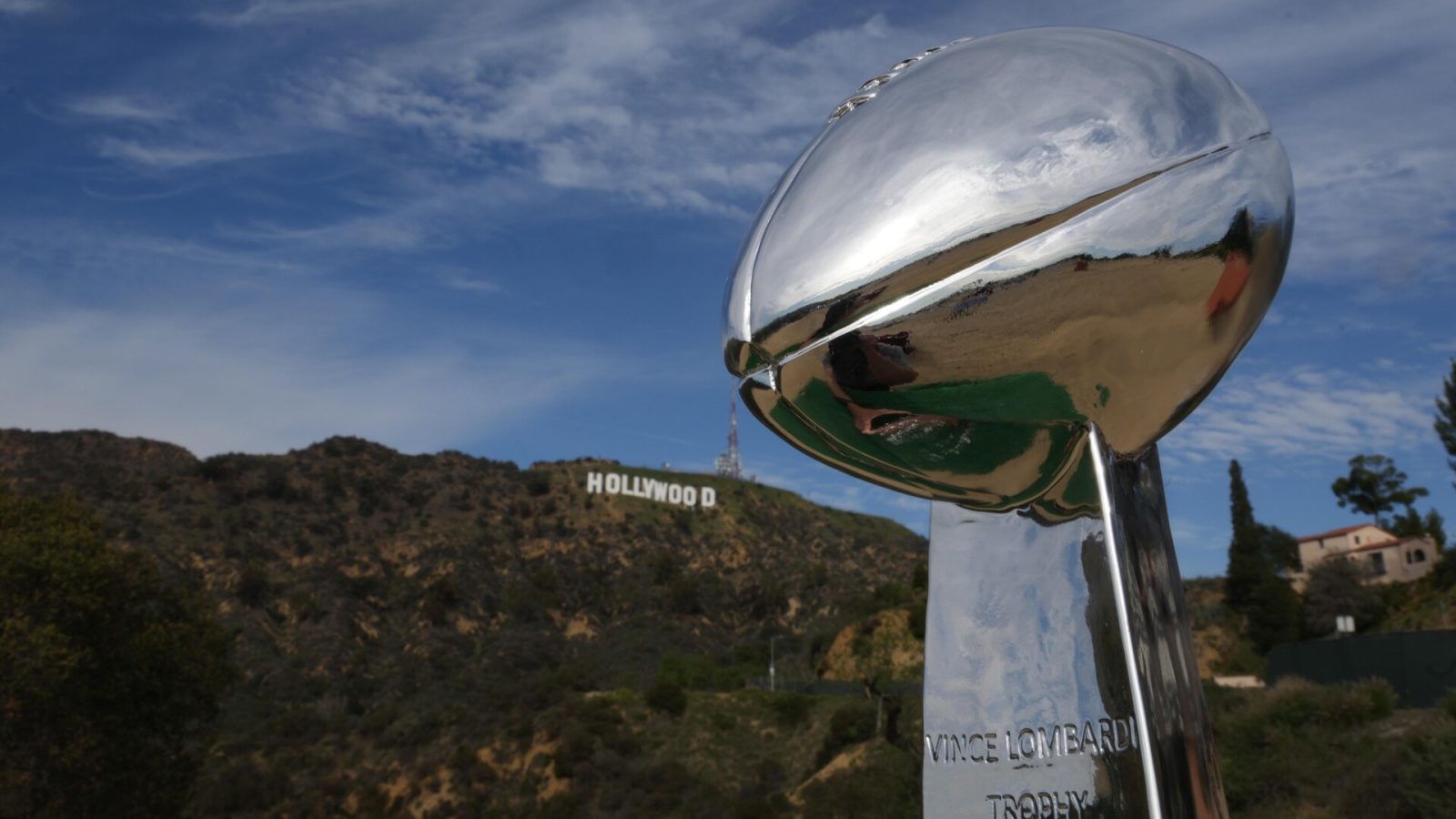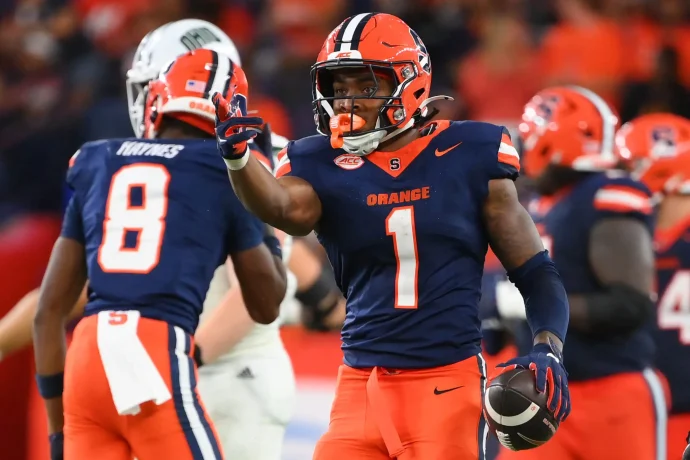When the NFL’s first-ever 14-team playoff tournament commenced less than a month ago, there were a number of potential Super Bowl 56 matchups that looked sexier than a vintage Farrah Fawcett poster:
- Tom Brady and the defending champion Buccaneers vs. the Patriots
- A Super Bowl I Packers-Chiefs rematch (this one pitting Aaron Rodgers against Patrick Mahomes)
- A rematch of any of the previous four Super Bowls (Eagles-Patriots, Rams-Patriots, Chiefs-49ers, Chiefs-Buccaneers)
- A clash between any of the four teams with the most Super Bowl titles in history (49ers, Cowboys, Steelers and Patriots)
So what did we get in the end? Los Angeles Rams vs. Cincinnati Bengals, which is about as a sexy as your grandmother in Farrah’s red one-piece.
Of course, this is still the Super Bowl, a.k.a. “The Mother of All Betting Days.” And with sports wagering now legal in more states than not — including New York — you can be sure this will be the most-bet Super Bowl in history.
Even though proposition bets now comprise a huge chunk of the Super Bowl betting handle, most bettors still will have action on the side and/or total for Rams vs. Bengals. So let’s dive into some Super Bowl 56 betting trends and see if history offers some insight into how this one will play out from a wagering perspective.
From Super Bowl To Super Bust
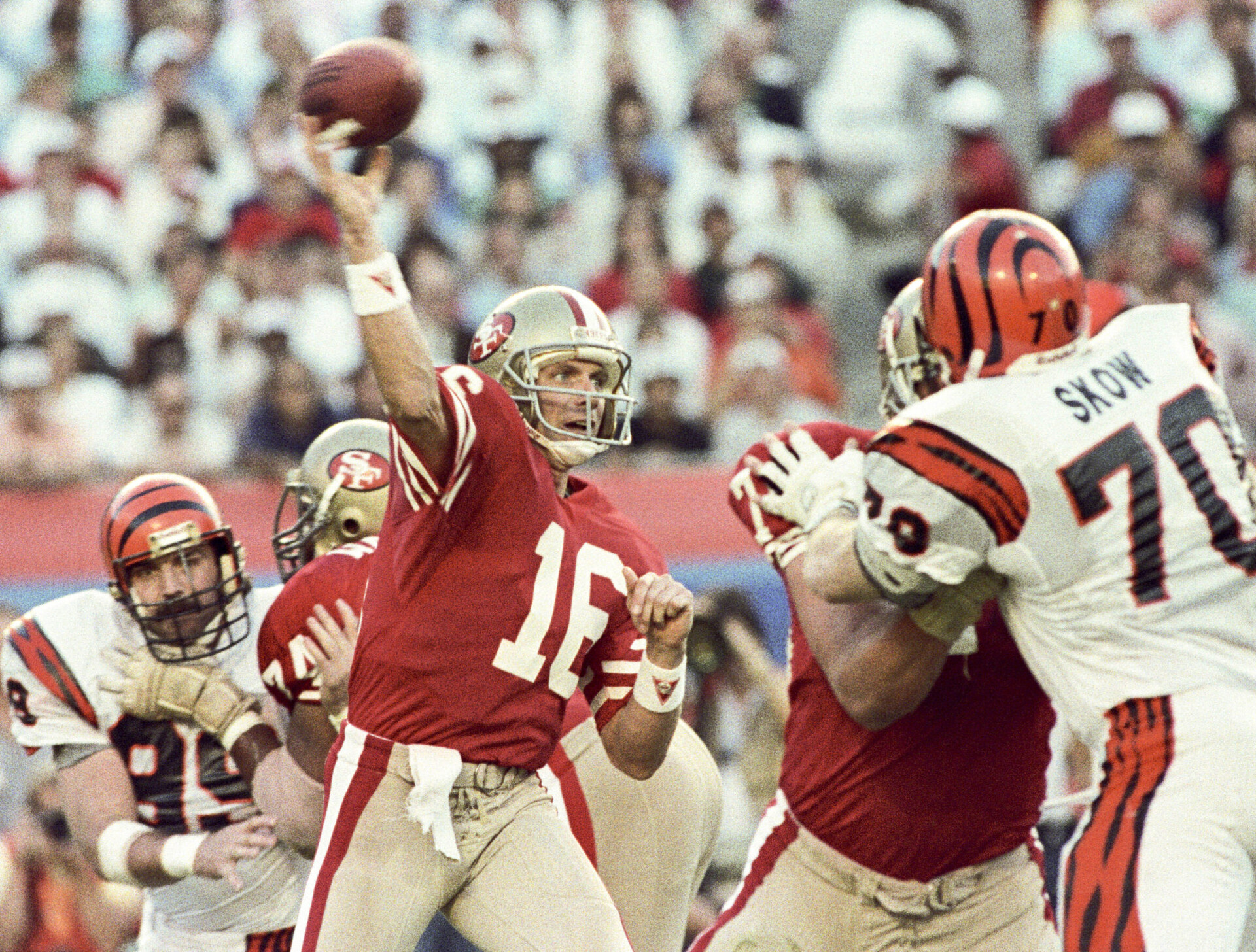
We start this journey down Super Bowl memory lane by looking at the Rams’ and Bengals’ previous performances in the big game. Suffice to say, it’s not pretty: In five combined appearances, Los Angeles and Cincinnati are 1-5 SU and 1-3-1 ATS.
Both Bengals losses came against Joe Montana and the San Francisco 49ers, in 1982 (26-21 as a 1-point underdog) and 1989 (20-16 as a 7-point underdog).
The Rams’ first Super Bowl appearance was a 31-19 loss to the Steelers as a 10.5-point underdog in 1980. Exactly two decades later, when the franchise was in St. Louis, the Rams won their first world title by holding off the Tennessee Titans 23-16 in Super Bowl 34, pushing as a 7-point favorite.
Two years later, the Greatest Show on Turf returned to the Super Bowl, faced the Patriots and a rookie named Tom Brady, and St. Louis lost 20-17 as a 14-point favorite. Brady and the Pats took out the Rams again in Super Bowl 53 three years ago, holding Los Angeles to a field goal in a 13-3 victory, easily covering the 2.5-point spread.
While neither franchise has enjoyed much Super Bowl success on the field or at the betting window, one modest Super Bowl betting trend has emerged: The Under is 5-1 when these teams appear in the NFL’s marquee game. Combined point totals in those six contests: 16 (Patriots-Rams), 37 (Patriots-Rams), 39 (Titans-Rams), 46 (Bengals-Niners), 48 (Bengals-Niners), and 50 (Steelers-Rams).
Welcome To The ‘Puppy’ Bowl (At Least Recently)
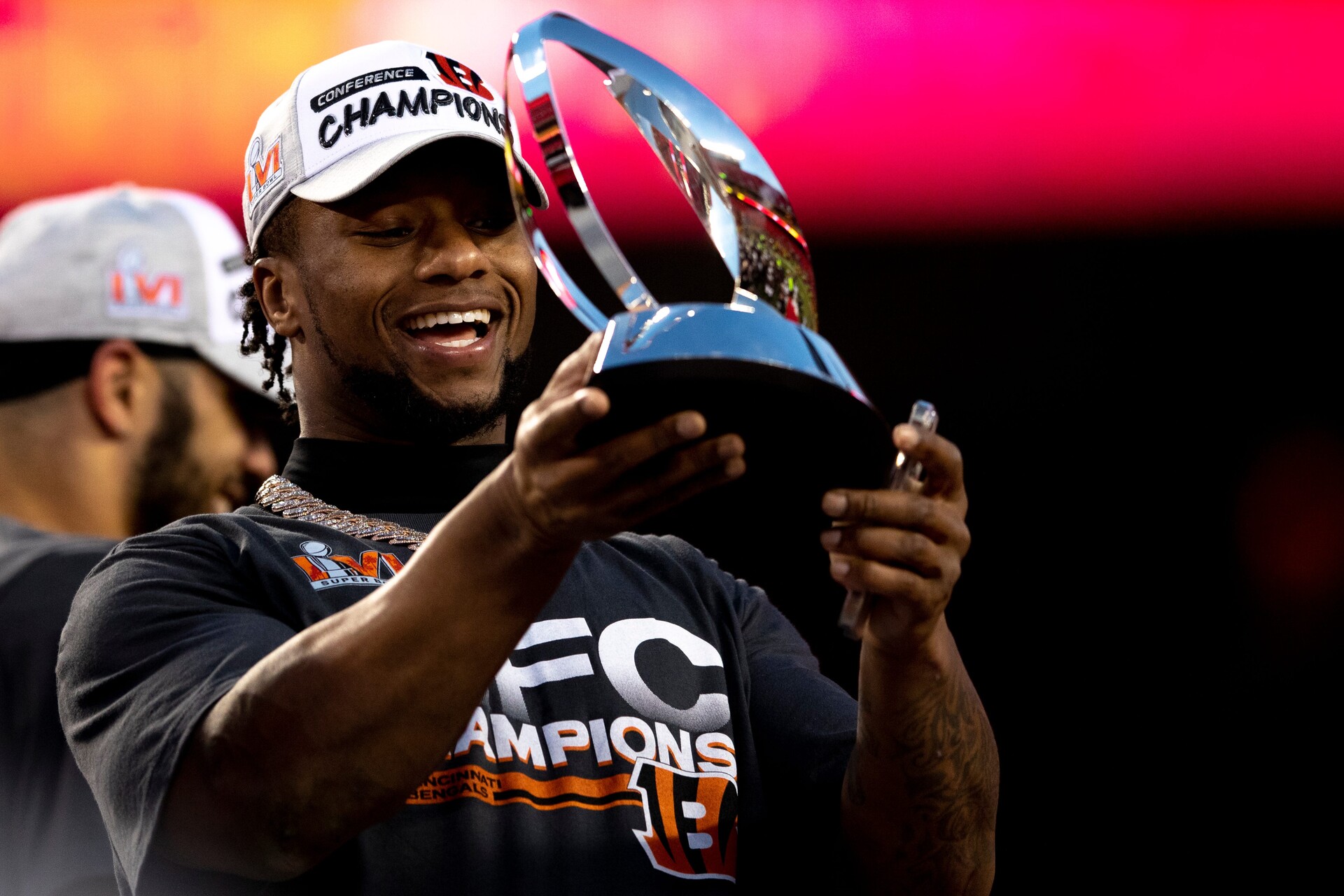
The Rams opened as a 3.5-point favorite over the Bengals in the Super Bowl 56 odds market. However, within 24 hours, early action on Los Angeles pushed the point spread to -4 and even as high as -4.5 in some spots.
Assuming the line doesn’t rise much higher, this will be the 12th consecutive Super Bowl featuring a point spread of 5 points or less (not including Super Bowl 49, when the Seahawks-Patriots contest closed as a pick ’em).
Starting with the Saints’ 31-17 upset of the Colts as a 5-point underdog in Super Bowl 44, favorites are just 4-7 SU and ATS during this stretch.
Throughout the entire history of the Super Bowl, favorites are 36-18 SU and 28-24-2 ATS. That includes a 13-10 SU/ATS mark for favorites laying 4.5 points or fewer.
What about the NFC/AFC Super Bowl betting component? It’s a virtual dead heat. The NFC holds a slim 28-27 SU/28-25-2 ATS edge (including the Seahawks-Patriots pick ’em game). However, since the NFC’s incredible run of dominance from 1982-1997 — when the conference won 15 of 16 Super Bowls while going 14-1-1 ATS — the AFC is on a 15-9 roll (13-10-1 ATS).
This also represents the seventh time that a team currently in the AFC North has faced an opponent from the NFC West in the Super Bowl. The AFC North squad is 4-2 SU/ATS in the sixth previous clashes — however, both SU losses were by Cincinnati (to the 49ers).
Will Super Bowl 56 Be Super Tense?
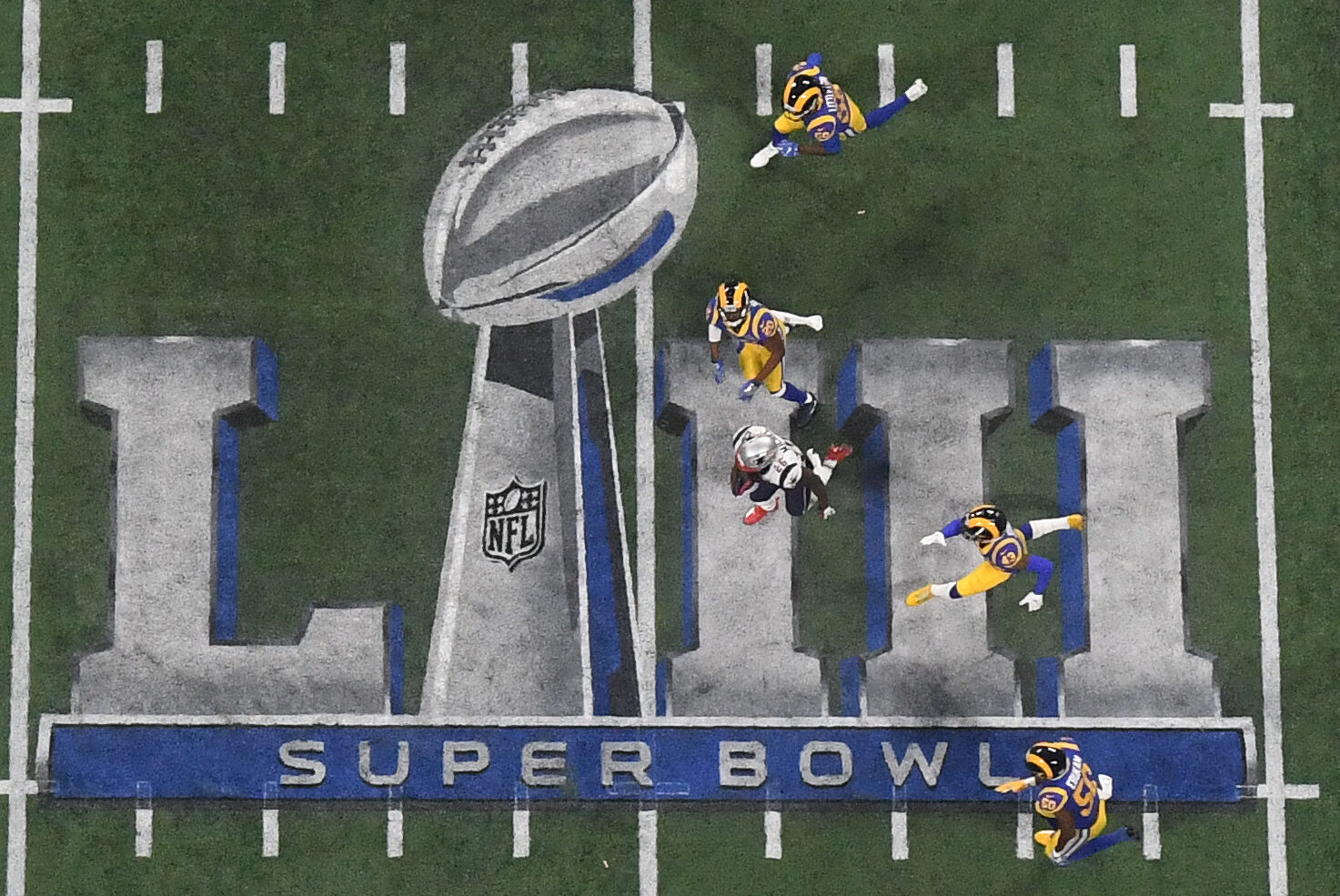
Since the Broncos blew out Carolina 24-10 in Super Bowl 50, the big game has delivered big drama more often than not.
There was New England’s miraculous comeback — or Atlanta’s historic choke job, depending on your point of view — in Super Bowl 51 (the only Super Bowl to reach overtime). That was followed by the Eagles-Patriots shootout in Super Bowl 52; the Patriots-Rams snoozer-but-nail biter in Super Bowl 53; and the Chiefs’ come-from-behind win over San Francisco in Super Bowl 54.
And yet, by the time the final gun went off, the recent final scores have been mostly lopsided. Starting with Denver vs. Carolina, the last six Super Bowls were decided by 14, 6, 8, 10, 11 and (last year) 22 points. That’s an average victory margin of 11.8 points per game.
Now, given how the last two weeks of the playoffs played out — two overtime games; three games decided on field goals at the end of regulation; one game decided on a field goal with less than two minutes to go — there’s reason to hope that Rams vs. Bengals will be competitive throughout.
That said, there’s one strong Super Bowl trend worth pondering before deciding to take the points or lay them: Not counting the Seahawks-Patriots pick ’em affair in 2015, the straight-up winner is 48-6 ATS all time in the Super Bowl.
The only instances when an underdog covered the spread but didn’t win the game: 2009 (Cardinals-Steelers); 2005 (Eagles-Patriots); 2004 (Panthers-Patriots); 1996 (Steelers-Cowboys); 1989 (Bengals-49ers); and 1976 (Cowboys-Steelers, the infamous Black Sunday).
In other words, if the Rams prevail on Super Bowl Sunday, history suggests they’re likely to cover the point spread. And if the Bengals cover the spread, they’re likely to win outright. (Now cut to all bettors who had L.A. -3.5 vs. the 49ers in last week’s NFC Championship Game …)
A ‘Totally’ Different Perspective
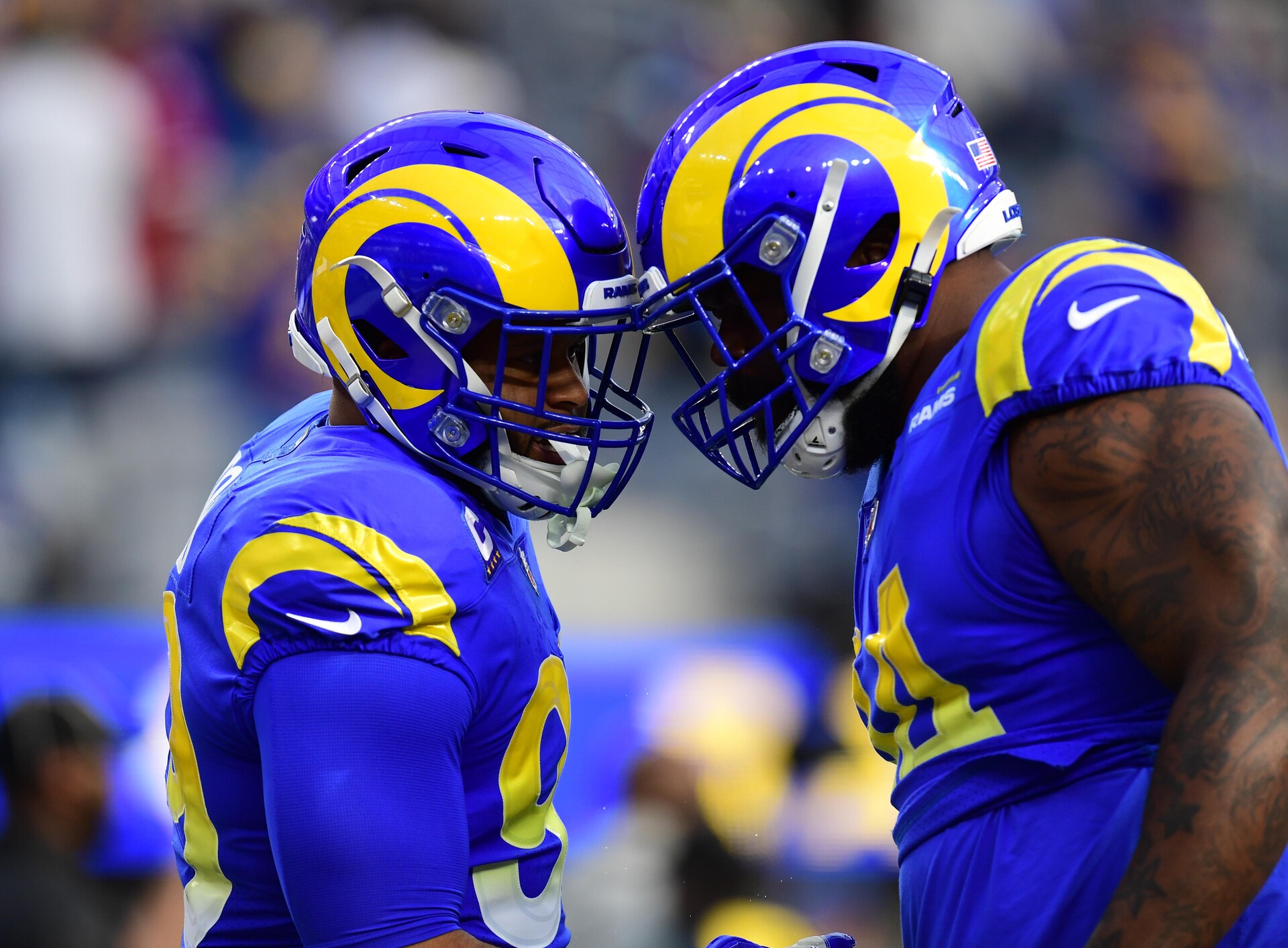
Like the point spread, the Over/Under in Super Bowl 56 has already seen steady movement — and that movement has been south. The Rams vs. Bengals total opened at 50.5 at several sportsbooks, but the consensus number is now 48.5.
What does a 48.5 total mean in the context of Super Bowl betting trends history? Well, for starters, if the number holds, it will be the first time a Super Bowl has kicked off with that exact closing total. If the number ticks up or down, several Super Bowl totals trends come into play.
Consider:
When the Super Bowl total is higher than 48 points, the Over is 8-9. But when the number has closed right on 49, the Over is 4-0; when it has closed at 48, the Over is 2-3 (but 2-0 in the last two); and when it has closed at 47.5, the Over is 2-0.
In all, 24 of 55 Super Bowls have ended with 49 or more points. However, that’s a bit misleading when considering that the first 12 Super Bowls — you know, back when teams were allowed to play defense — all finished with 47 or fewer points.
That means 24 of the last 43 big games (55.8%) have featured at least 49 combined points — including six of the last nine.
As for recent trends related to the total, the last three Super Bowls have stayed Under (with combined total points of 16, 51 and 40). However, from 2013-2018, the Over was 5-1, with all five high-scoring contests going north of 50.
The one Under during that six-game span was Broncos-Panthers, which featured a 43.5-point total. It’s the last time a Super Bowl total closed below 49 points — until (maybe) this year.
